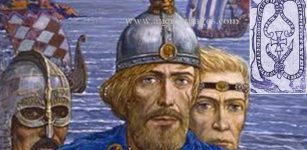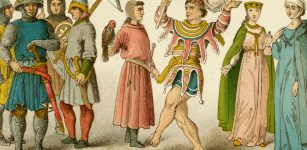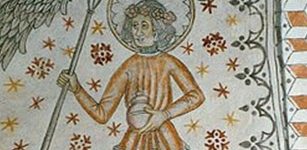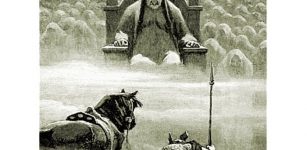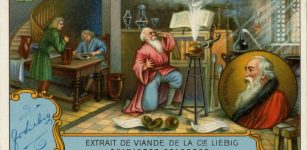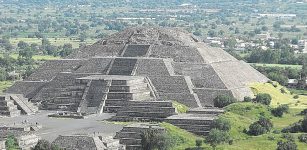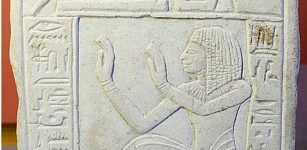On This Day In History: Great Fire Of London Ends – On Sep 5/6, 1666
AncientPages.com - On Sep 5/6, 1666, the Great Fire of London that started on September 2 ended.
A fire started on September 2 in the King's bakery in Pudding Lane near London Bridge. Fires were a pretty common occurrence in those days.
The Great Fire of London, depicted by an unknown painter (1675), as it would have appeared from a boat in the vicinity of Tower Wharf on the evening of Tuesday, 4 September 1666. To the left is London Bridge; to the right, the Tower of London. Old St Paul's Cathedral is in the distance, surrounded by the tallest flames. Image credit: - Public Domain
As the fire raged on, people tried to leave the city and poured down to the River Thames to escape by boat. Absolute chaos reigned.
By September 4, half of London was in flames. The King himself joined the firefighters, passing buckets of water to them in an attempt to quell the flames, but the fire raged on.
As refugees poured out of the city, St. Paul's Cathedral was caught in the flames. The roof's lead melted and ran onto the street like a river, and the great cathedral collapsed. Luckily the Tower of London escaped the inferno, and eventually, the fire was brought under control. By September 6, this catastrophic event ended.
Only one-fifth of London was left standing! Virtually all the civic buildings had been destroyed as well as 13,000 private dwellings, but amazingly only six people had died.
Hundreds of thousands of people were left homeless. Eighty-nine parish churches, the Guildhall, numerous other public buildings, jails, markets, and fifty-seven halls were now just burnt-out shells.
A poor demented French watchmaker called (Lucky) Hubert confessed to starting the fire deliberately: justice was swift, and he was hanged. Later, however, it was clear that he couldn't have started it, as he was not in England then.
Although the Great Fire was a catastrophe, it did cleanse the city, and a new London emerged.
Sir Christopher Wren was tasked with rebuilding London, and his masterpiece St. Paul's Cathedral, was started in 1675 and completed in 1711. Wren also rebuilt 52 of the City churches, and his work turned the City of London into the city we know today.
AncientPages.com
Expand for referencesReferences:











